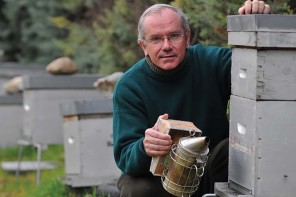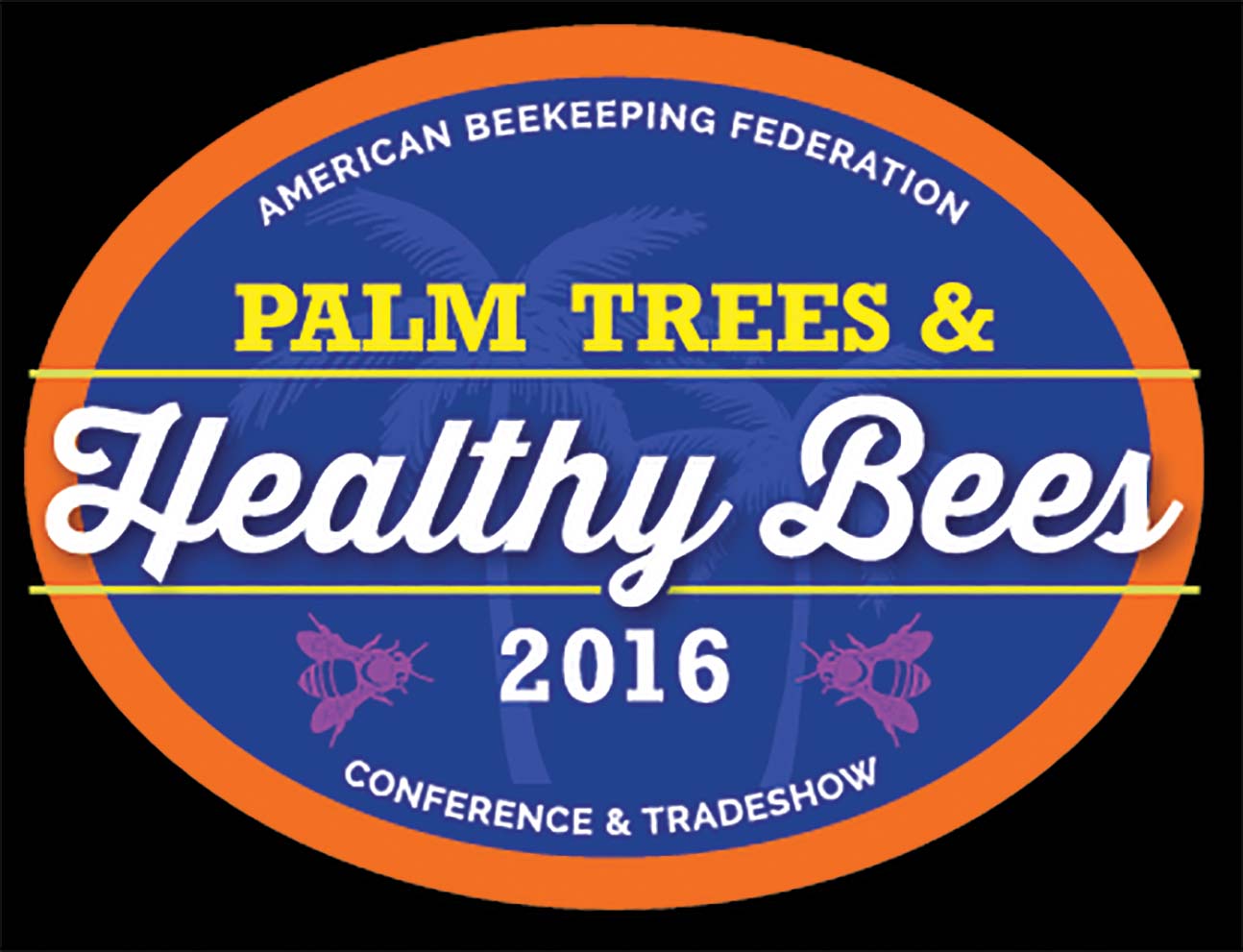by PerkinElmer
There is nothing sweet about fraud. When it comes to economically motivated adulteration (EMA) of high-priced natural products such as honey, there is nothing new about it either. Unscrupulous sellers have adulterated high-priced honey since the beginning of recorded history. In the U.S., Dr. Harvey W. Wiley, the first chief chemist of the U.S. Department of Agriculture, wrote in 1889 “there is no other article of food which has been so generally adulterated as honey.” In testimony before the U.S. Congress on behalf of the Pure Food and Drug Act of 1906, Wiley brought along a bottle of adulterated honey, complete with a dead bee a top the syrupy concoction. The bee, he explained, was meant to dupe buyers into thinking the honey was 100% pure. Instead, Wiley testified, the sugary liquid masked a number of ingredients harmful to consumers.
Not much has changed over the past century, it seems. Pulitzer Prize-winning journalist Andrew Schneider made headline news in 2011 when he reported in Food Safety News that “more than three-fourths of the honey sold in U.S. grocery stores isn’t exactly what the bees produce.”
As proof, Schneider’s article cited numerous samples of commercial honey tested at Texas A&M’s Palynology Laboratory that had no discernable pollen content. By the U.S. Food and Drug Administration’s (FDA) own definition, honey that has gone through ultrafiltration is no longer honey. If Schneider’s claims proved true, the commercial product sold as honey would not only not measure up to the U.S. FDA definition, but also fail quality standards set by the European Union and the World Health Organization (WHO). The latter group, in fact, argued that ultrafiltration removes all traces of honey’s origin. The only reason to do that, WHO said, was to mask adulteration with an inferior honey or hide potentially dangerous additives to increase profits. By how much? That depends on the amount of additives, but with pure honey now selling at wholesale prices above $5.00 a pound, adulterators can see their profits soar.
Close on the heels of Schneider’s exposé came another report, this time sponsored by National Public Radio (NPR). It charged that Schneider’s article was inaccurate, especially in misleading Americans into believing that all U.S. honey was ultra-purified and not honey at all. NPR learned that while most of America’s commercial honey is filtered to remove impurities ranging from bee’s wings to dirt, it is not “ultrafilered,” and thus technically remains honey. “Bottom line: Supermarket honey doesn’t have pollen,” NPR reported, “but you can still call it honey.”
Weighing Into Murky Waters
No less of an authority than the FDA finally weighed in on the honey issue in 2014. The American Beekeeping Federation and others petitioned the FDA for an official definition of the sweet, yellowish-brown liquid in the name of international fair trade and the fight against adulteration. In its response, the FDA sidestepped the issue of providing a definitive definition of its own. Instead, it agreed with the prevailing industry definition of honey as “a thick, sweet, syrupy substance that bees make as food from the nectar of flowers and store in honeycombs.” More importantly, the FDA decided to address the labeling of honey as its main concern using existing U.S. laws and regulations.
But, here is the rub: how can you properly label what is inside the jar unless you test it? While it is relatively easy to adulterate and/or mislabel honey, detecting it has traditionally proven to be difficult, time consuming, and expensive. In addition, 75% of the estimated 450 tons of honey Americans consume each year is imported – and a good portion of that is in food products that often contain more sugars than actual honey. Only a fraction is ever tested by U.S. health officials.
Because it is not practical to test every ounce of honey entering the U.S, current procedures focus on suspect countries and the testing capabilities of companies importing the honey. As already noted, those tests are expensive and oftentimes not all that accurate. That, however, may be changing.
Comparing Analytical Approaches
Scientists at PerkinElmer, a global leader in human and environmental health, recently piloted three different analytical methods for adulterant detection in honey using its Frontier™ Near-Infrared (NIR) Spectrometer. In the targeted example, PerkinElmer researchers first created suitable calibration standards for Clover honey, Wildflower honey, Orange blossom honey, Organic honey, and two adulterants – high fructose corn syrup and rice syrup. They then followed a Partial Least Squares (PLS) method to successfully measure each additive in characterized honey with “known” adulterants. [SHOW CHART]
The scientists then applied a non-targeted methodology known as Soft Independent Modeling of Class Analogies (SIMCA). The SIMCA method is used to inform researchers when a product does not conform to its expected material profile. While the SIMCA test points to possible adulteration, it cannot determine either the specific adulterant or how much is present. Moreover, the SIMCA method fails to identify spiked samples of honey without developing a more refined Pass/Fail threshold.
Groundbreaking Results With Adulterant Screen
The final approach tested by PerkinElmer researchers employed the SIMCA method now augmented by the company’s Spectrum 10 software and innovative Adulterant Screen™ technology on the Frontier NIR. In this instance, all of the pure honey spectra were inputted into the Frontier as “material spectra”, and the corn and rice syrups were entered as “adulterant spectra.” The sequential analysis of SIMCA followed by Adulterant Screen provided groundbreaking results. The system not only alerted the analyst when a product did not conform, it also identified the adulterant and provided an estimate of its concentration in the honey…in this case, 4%. Any adulterant with significantly different spectra than honey would have been detected even at much lower levels, PerkinElmer scientists say. Better yet, this all happened within 30 seconds using a simple interface without the need to run multiple concentration standards required by the PLS method or the follow-up tests needed by the SIMCA method.
Finally, PerkinElmer’s Spectrum 10 software and innovative Adulterant Screen™ technology offers a simple, fast, and cost-effective solution to an age-old question: “Is my honey pure?” Dr. Wiley would be proud.






